Coming from a diverse background, Eric Stefanski creates visceral paintings and sculptures that are rooted in the humor and work ethic commonly associated with the working class. His approach and visual vocabulary is abrasive, bold, and comedic in their heavy handed absurdity. This makes them appealing, fresh, and on target at the present moment. This week the COMP Magazine headed down to Bridgeport to chat with Stefanski about growing up on Chicago’s Southside, his circuitous journey to establish a regular studio practice, the role specific iconography plays in his process, and what he finds most engaging in his ongoing artistic investigations.
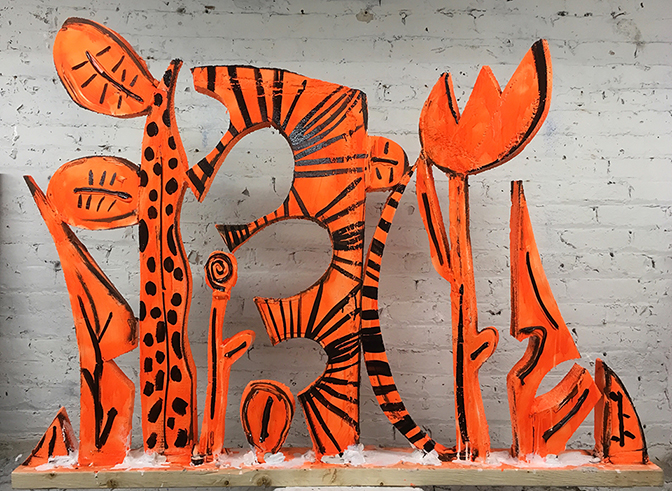
acrylic, enamel, silicone, fiberboard and wood, 48″x40″x10″, 2019
I sense a balancing of duo identities when I look at and think about your aesthetic practice. You were raised on the Southside in Bridgeport in a Mexican-Polish family, you studied Business at DePaul then did a MFA in Boston, and your work navigates the absurd via a heavy-handed visual application that also uses raw phrases via a simplified palette. Lets start with a background. Can you share with us what prompted you to shift your focus from business to the visual arts?
Growing up I never aligned myself with either cultural heritage. I didn’t really feel Mexican or Polish even though everyone around me was. The one thing we had in common was we all came from
lower working class families. I painted and made drawings as a kid, but I went to business school because I thought it would give me the best chance for some financial security. By my junior year at DePaul, I knew I didn’t just want to do this. I stood out, was ungodly bored, and was a terrible student. I was already so far into these studies that I decided to finish. I started making visual art again as an outlet into something more interesting than what was around me. I didn’t have any foundation to build from and didn’t know anybody that was an artist. Right after graduation, I enrolled for a year at The School of the Art Institute of Chicago in 2011. That was very helpful because I was around people that had the same interests and was quickly exposed to contemporary art. I waivered back and fourth on getting my MFA from SAIC, but eventually decided to attend The School of the Museum of Fine Arts Boston.
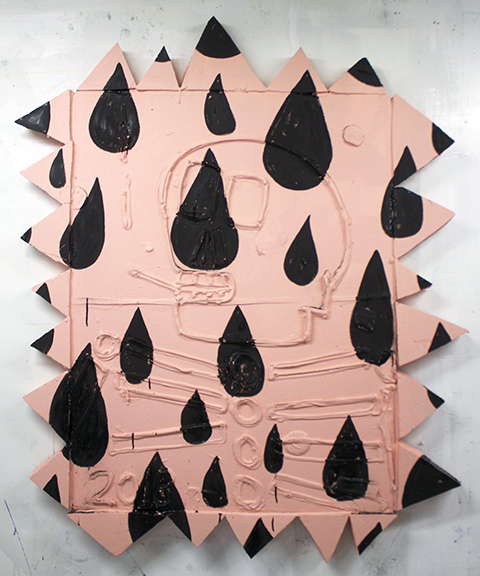
acrylic, enamel, silicone, fiberboard and canvas, 48″x36″, 2019
You grew up on the west side of Bridgeport which has long been known as a blue-collar working class neighborhood. You returned home after completing studies out east, and now live on the eastern edge of your former neighborhood. What brought you back? How does this environment play into your current art practice?
Bridgeport is divided by Halsted street. The west side of the neighborhood, were I am from was predominately Mexican and Polish and consisted of lower working class families, like mine. The east side was mainly Irish and Italian, which were mostly city workers, police officers, firefighters, Mayor Daley, etc. That always felt like the wealthy side of the neighborhood. My girlfriend and I moved to Boston for graduate school, which in my family was a big deal. We all lived minutes from each other and no one had moved away. When I lived on the Northside for college it felt like a huge step. We probably would have stayed on the east coast if it wasn’t for a few personal things that happened in my final year of school. Three weeks before graduation, my mother unexpectedly passed away. It was overwhelmingly traumatic due to the absolute shock of loosing my mother. I felt completely hollowed out, but we had to stay in Boston another year because I took a post-graduate teaching fellowship. Also, Maura had to finish her MFA in photography. Further, that summer while working in my studio I had a serious injury. I damaged the lower discs in my back and couldn’t walk without the assistance of a cane. The emotional pain from the loss of my mother and physical pain all within a three-month period was unprecedented.
We moved back to Chicago in 2016. Luckily, I was able to go back to my old job at a real-estate development company. I also took a position at Morton College teaching in the Arts and Humanities Department. It’s allowed me to build this house and put my studio on the ground level. It’s the first time in seven years that I haven’t had a studio in a warehouse. I don’t think I’ll ever go back. I love having the studio here.
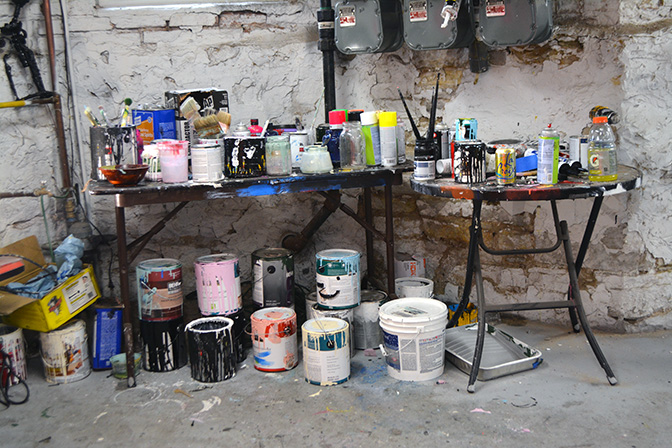
As previously noted there is a raw visceral approach to your works. For instance, the piece, “Stop Fucking Around and Get Serious”, (2019) comes to mind. Can you walk us through your working process?
I always think the work relates back to the humor, failure, pathos, and absurdity that come’s with having a studio practice. Hopefully, people can relate to the work within the context of their own lives and our constant seeking for affirmation. I get excited when the work can point to larger issues within our culture and art history while simultaneously point inward to my own personal experience.
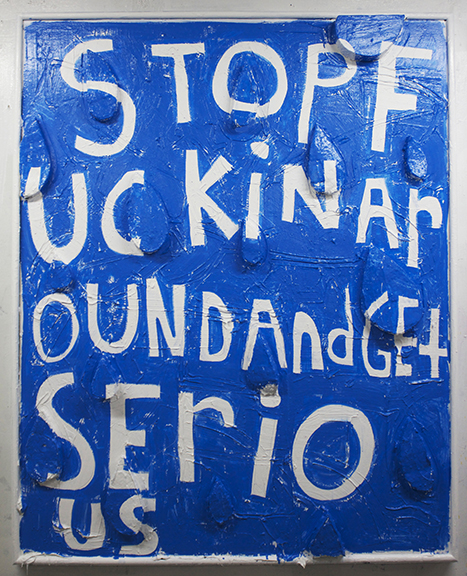
acrylic, enamel, silicone, fiberboard and canvas, 64″x50″, 2019
Black tear drops and other iconography appear regularly. These items materialize in self-portraits and a number of other pieces. Can you discuss the role select iconography and repetition resides in conveying your voice?
The skull and cigarette has been reappearing in the work regularly over the last two years. It is lifted directly from an 1885 Van Gogh painting. On one hand, the painting was a satirical take on academia filled with humor and irony, but it’s also made by the same person who cut off his own ear and is a symbol of the overwhelming “struggle” of being an artist. That duality between the two and the trope of the tragic artist is for me, a deep well to mine from.
The drip, which can be read as a paint drip, sweat or tear is a new development. The drip and its relationship with post-war American painting is so closely aligned with masculinity. It has a flawed history and it carries a lot of baggage some of which we are still dealing with today. The drips from that period take themselves way too seriously. There is also a pronounced physicality in my work, it’s obvious that it is labor intensive. I’ve always treaded the line between painting and sculpture because I was never that interested in the formal aspects of painting. I was rather more attracted to its objectness, relationship to our culture, and art history.
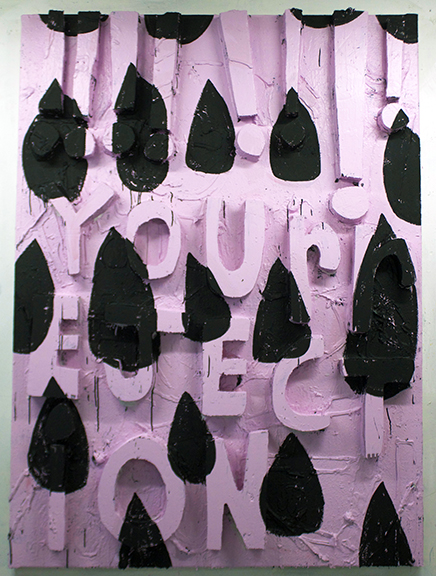
acrylic, enamel, silicone, fiberboard and canvas, 72″x60″, 2019
Stepping back, I sense a fervent voice – insanity and edge in the visual vocabulary. Can you speak to the role the place and time in which you work plays into the production of your ongoing investigations?
I keep regular studio hours everyday, but there is a neurosis to it as well. I find a lot of self-worth in my practice and if I’m not working I don’t feel that good.
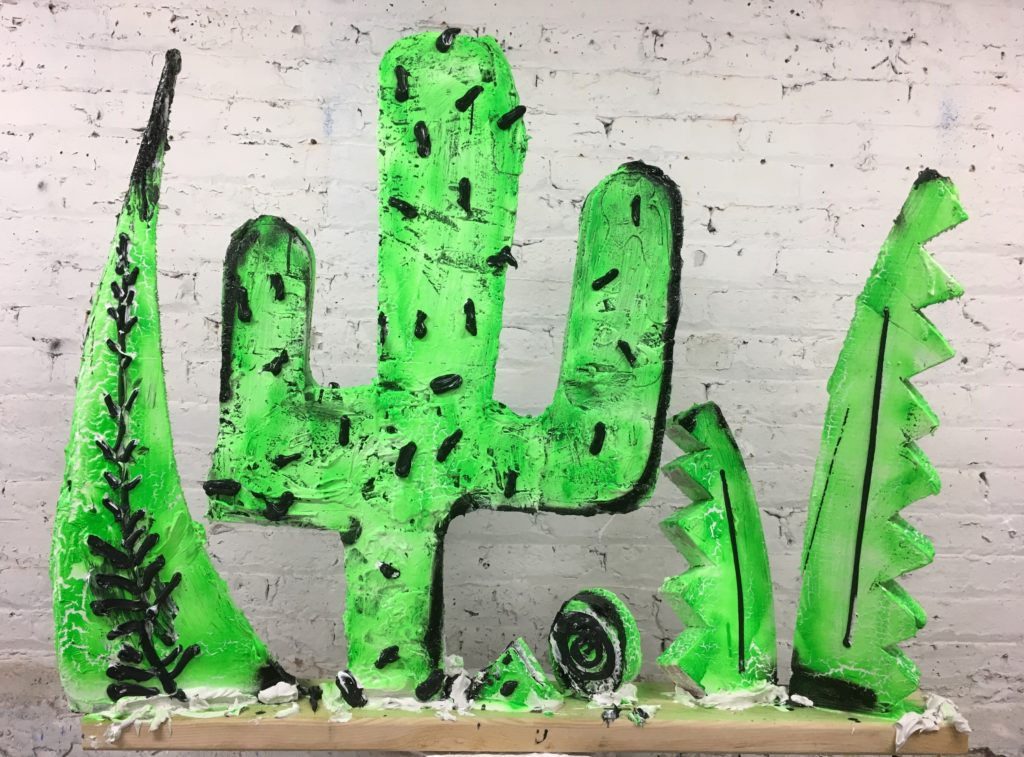
acrylic, enamel, silicone, fiberboard and Wood, 36″x40″x10″, 2019
What do you value most in your aesthetic practice?
There is a real intimacy in holding a studio practice. I can walk down here close the door and be alone. But, also putting these objects out and feeling like you’re apart of a much larger community of artists that show you love and support each other is overwhelming.
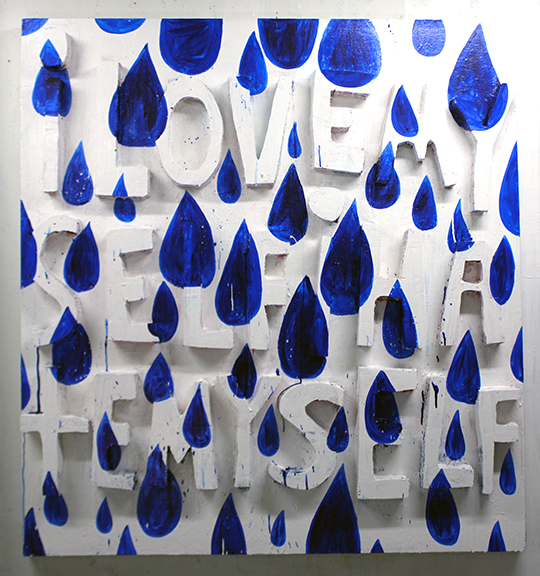
acrylic, enamel, silicone, fiberboard and canvas, 64″x50″, 2019
2019 is in full. You’ve shown recently at Baby Blue Gallery and are in the studio. What the plan as you move forward. Do you have any specific ideas or projects you hope to realize in the coming months?
I have work in a show opening at the Hyde Park Art’s Center later in March. I am getting really excited about where this new work is heading.
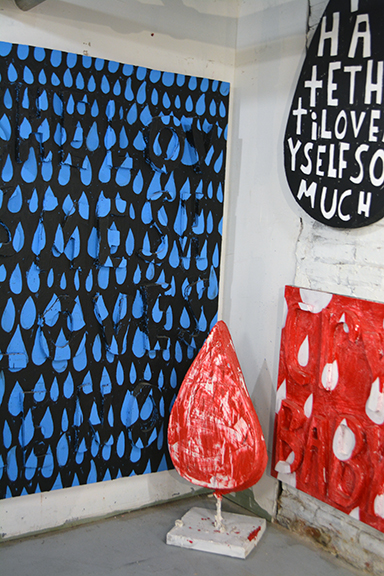
For additional information on the aesthetic practice of Eric Stefanski, please visit:
Eric Stefanski – https://www.ericstefanski.com
Eric Stefanski’s Instagram – https://www.instagram.com/ericstefanski/
ArtLtd. – http://artltdmag.com/2017/02/five-shows-to-see-chicago/
Boston Globe – https://www.bostonglobe.com/arts/theater-art/2016/05/09/pious-conversions-dazzling-domesticity-and-ghosts-made-tangible/DXLH5mDuRC3eomlBPZ3y6H/story.html
365Days365Artsist –
http://365artists365days.com/2015/10/16/eric-stefanski/
@ Studio Blog – http://www.at-studioblog.com/kjhkj/
The Visualist – http://www.thevisualist.org/2013/02/eric-stefanski-vacancies-monuments-of-social-despair/
Additional works by Eric Stefanski:
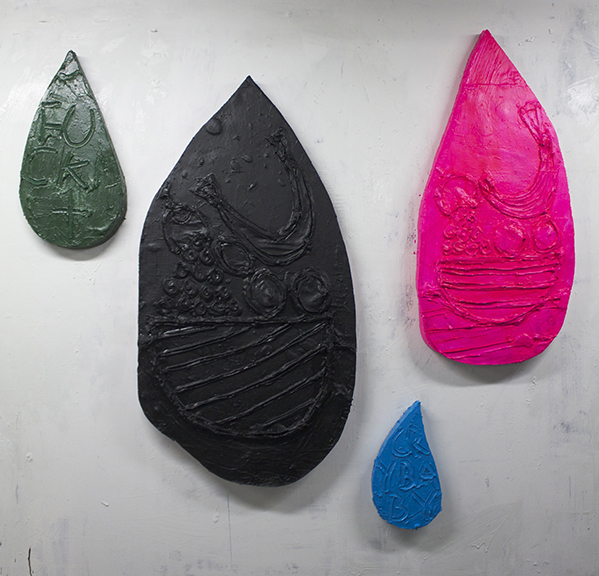
acrylic, enamel, silicone, fiberboard and canvas, sizes vary, 2019
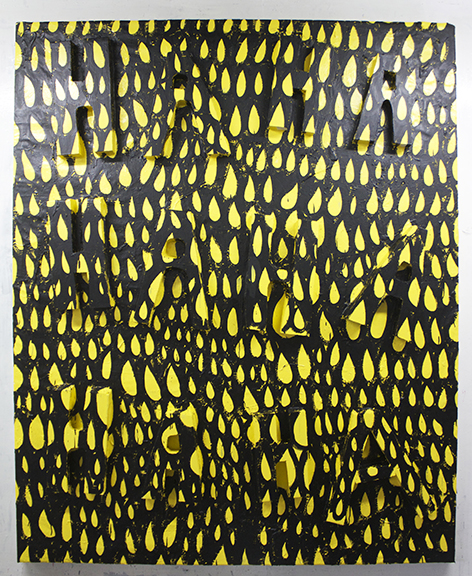
acrylic, enamel, silicone, fiberboard and canvas, 72″x63″, 2019
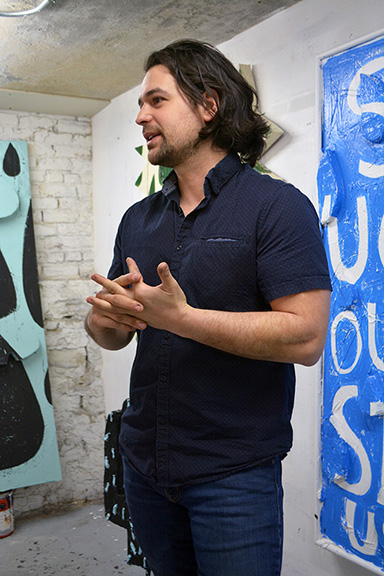
Artist Interview and portrait by Chester Alamo-Costello


